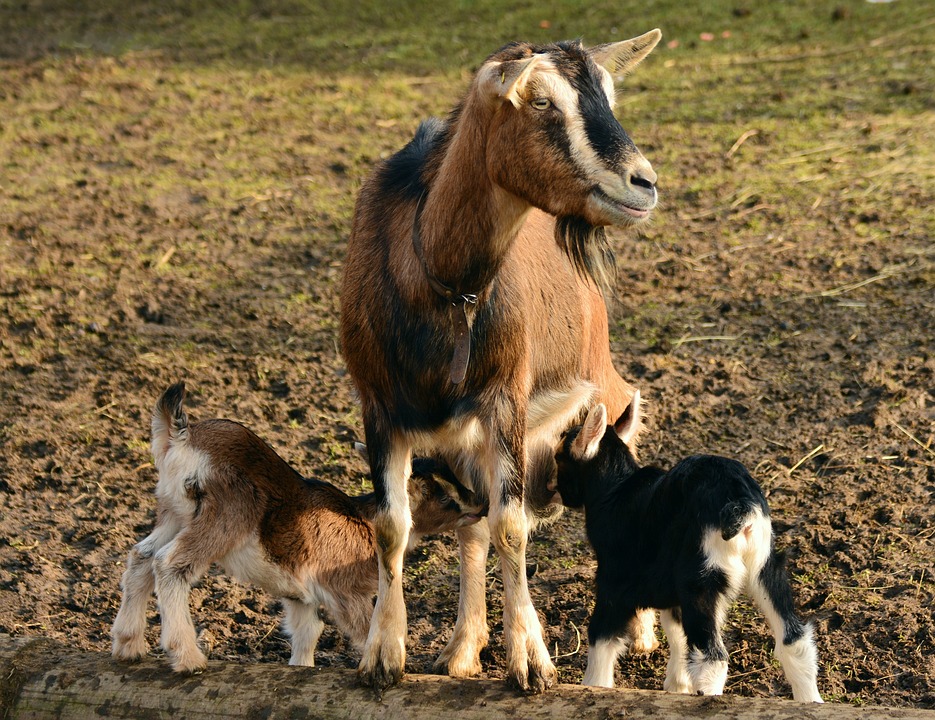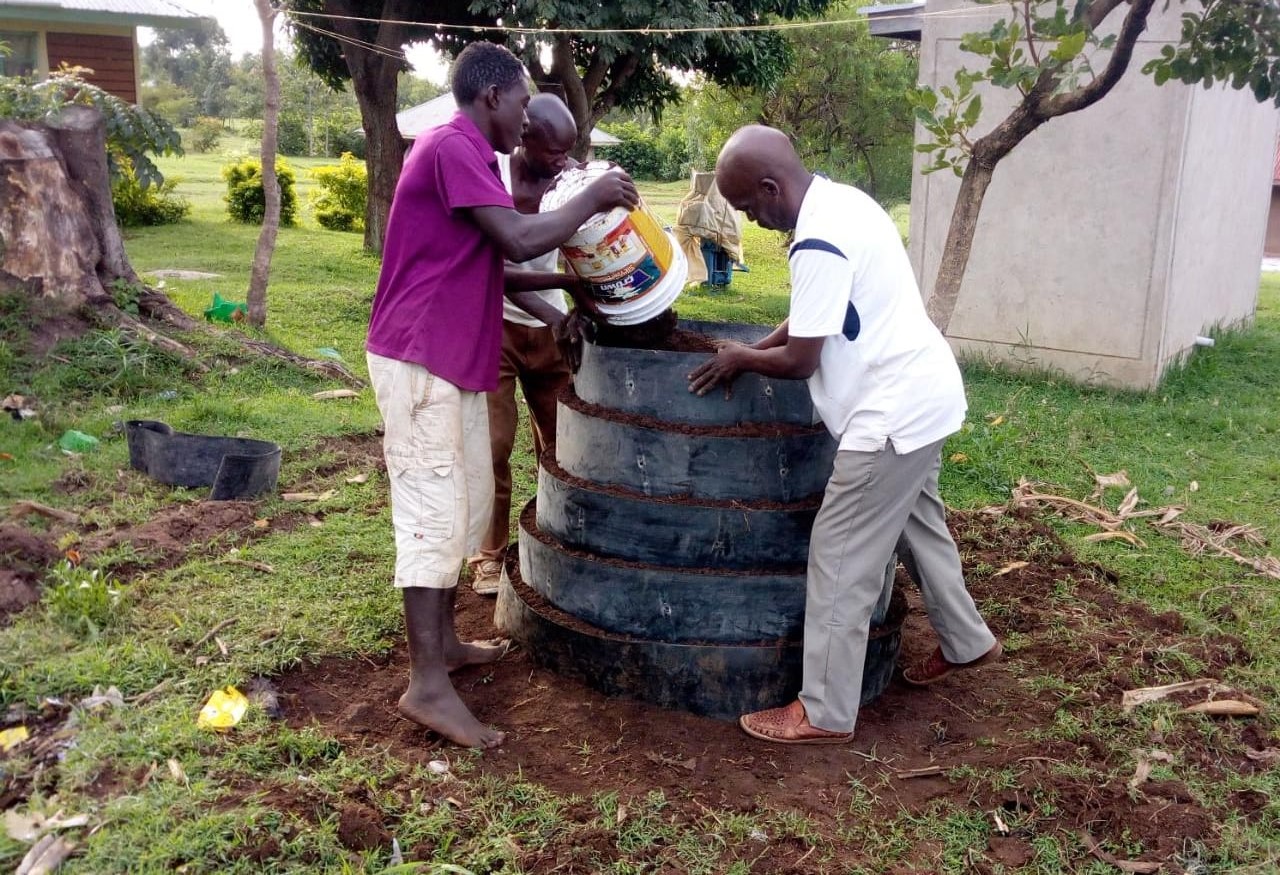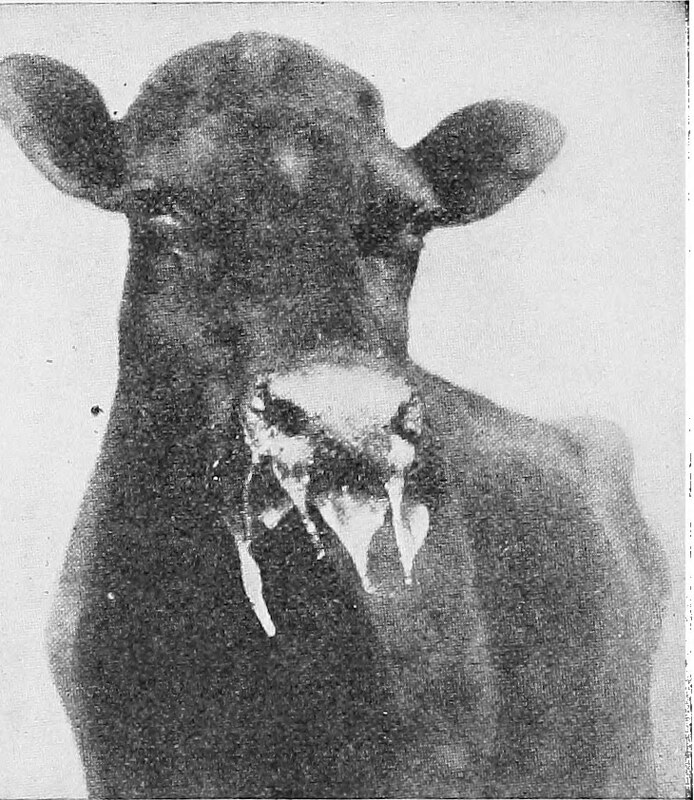
Transitioning sheep’s and goat’s young from a milk diet to exclusive pasture-based feeding many a time is done after 90 days.
However, strict adherence to this timeline is most likely to cause stunted growth and degeneration of health given that the immunity system of the young ones is yet to stabilise.
Patrick Nyauma, an animal health officer says weight is the best indicator of a lamb or kid being ready for weaning. Twins, triplets or quadruplets are likely to be of less weight by the lapse of three months.
Body defense
Their bodies may not be up to the task of defending themselves against parasites, diseases, and harsh weather among other factors. Setting in of stress after rushed weaning would negatively impact growth and ultimately earn farmers dismal profits.
Related News: Ruiru farmer taps demand for goat milk in urban areas
Related News: Nyandarua couple blazing trail for Hampshire Down sheep farming in Kenya
Nyauma says the best time to wean kids of goats and lambs of sheep is when they have attained thrice their birth weight.
For instance, a goat kid weighing 3.5kg at birth should be weaned after attaining at least 10kg. Similarly, a lamb of four kilos at birth should be weaned after reaching 12 kilos.
“This is a good weight for the young ones. It will vibrantly grow because it is strong. Its body is ready for the harsh world without the support of the mother’s milk nutrients,” he said.
Attaining steady growth
The veterinarian says the general health of the young ones must be taken into account too. If they look weak, weaning can be delayed even if they have tripled their weight.
“They should be feeding on grass, hay, grains, and drinking water on their own prior to weaning. They must show independence in feeding. Including protein supplements would quickly stabilise health and ensure steady growth,” he says.
Related News: Home made remedy for deadly mange disease in goats
Infections, parasites
De-warming, tattooing, tagging, castrating-for males, and other practices should be done ahead of weaning to avoid stress when they are no longer under the care of their mother.
They are highly susceptible to diseases. Wet seasons are peak moments for parasite attack if the animals are feeding on fresh pastures. Feeding them on grains and hay becomes a better option.
While keeping the parents far away from the young ones, the officer says it is important to let the kids in a familiar setting to avoid psychological trauma and scare.
Write comment (0 Comments)
















